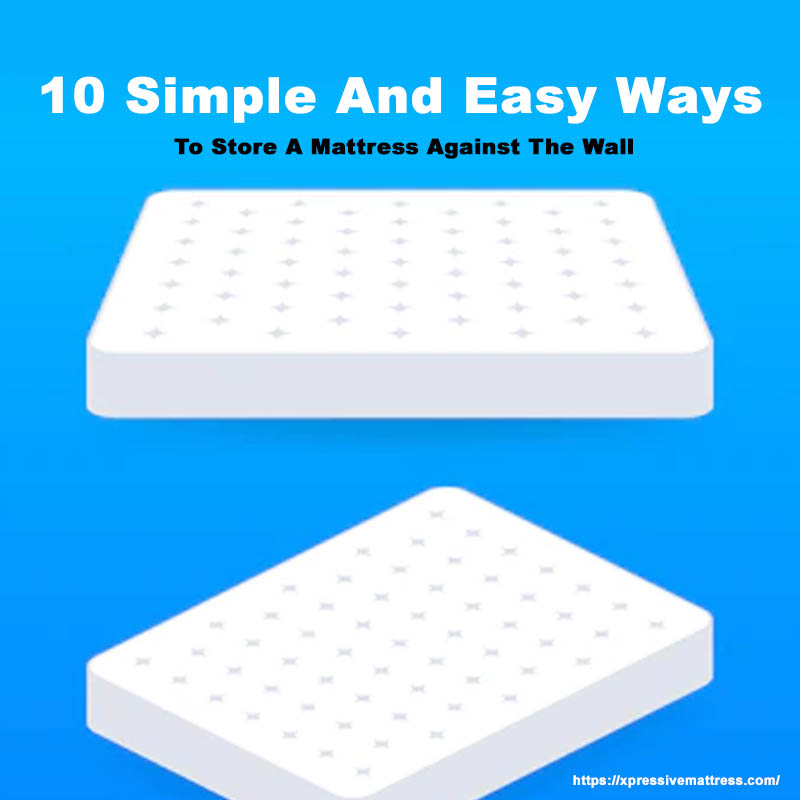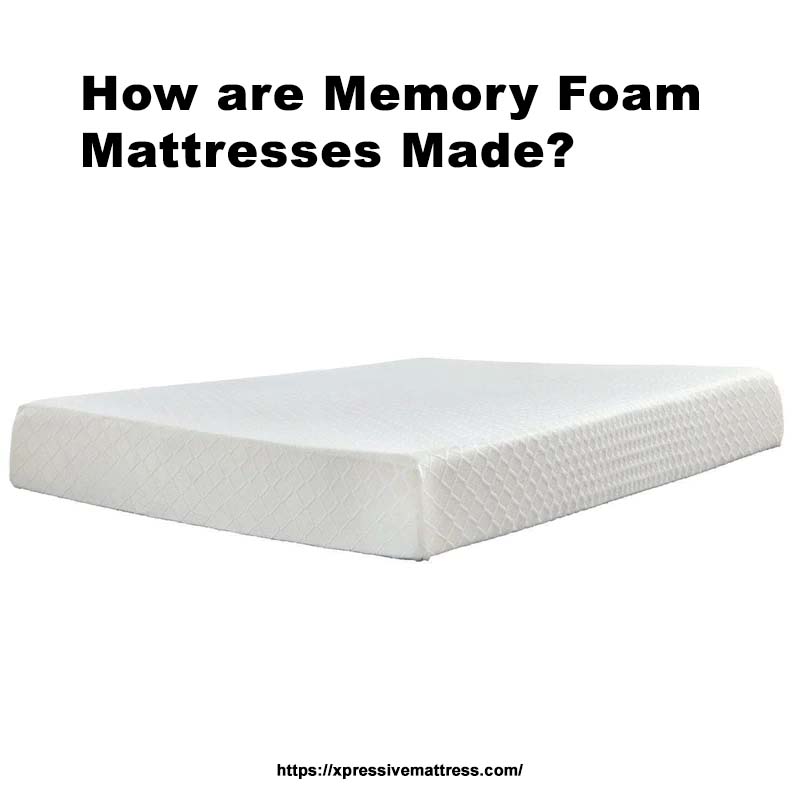Spotting a hole in an air mattress can be tricky, but it’s important to do so.
A punctured or torn air mattress is not only uncomfortable and inconvenient, but it also poses safety risks!
Here are some tips on how to spot a hole in your air mattress:
- Look for visible tears or rips,
- Check the seams of the bedding material around where you sleep (especially if there have been any recent movements),
- Feel along all sides of the surface with your hands – this will help detect small holes that may otherwise go unnoticed.
- Additionally, inspect inside and outside surfaces carefully, as even tiny pinholes can cause significant deflation over time.
- Finally, use water-based products such as soap bubbles or food coloring mixed with water to identify leaks more easily by seeing which areas bubble up when sprayed onto them.
- These methods work best on dark-colored mattresses since they make spotting easier than lighter colors would allow.
Prevention is better than cure here.
Regular maintenance checks should always be done before using an inflatable product like an airbed to ensure its integrity remains intact!
What Are The Signs Of A Hole In An Air Mattress?
A hole in an air mattress is a common problem.
It can be caused by wear and tear, punctures from sharp objects, or even over-inflation of the mattress.
Signs that you may have a hole in your air mattress include:
- Loss of pressure – If your bed feels softer than usual, it could mean there’s a leak somewhere;
- Visible holes – Look for any visible tears or rips on the surface;
- Bubbles forming – When lying down on the bed, look out for bubbles appearing around where you are laying as this indicates escaping air;
- Hissing sound – Listen carefully to see if you hear any hissing sounds coming from anywhere near the area, which would mean leaking gas/air.
- Patch kits are available at most stores to fix these issues, so check them out!
What Causes Holes In Air Mattresses?
Holes in air mattresses can be caused by a variety of things.
The most common causes are punctures from:
- Sharp objects, such as pins or scissors;
- Wear and tear due to regular use over time;
- Exposure to extreme temperatures (too hot or too cold);
- UV rays from the sun cause material breakdown;
- Mold growth on the mattress surface if it is not kept clean and dry.
Additionally, some people may experience leaks when inflating their mattresses with an electric pump. Because these pumps often create more pressure than manual ones.
Finally, poor-quality materials used for manufacturing can also lead to holes forming in your air mattress sooner rather than later!
How To Inspect The Mattress For Holes?
Inspecting a mattress for holes is an important step in ensuring that it will provide you with the comfort and support needed to get a good night’s sleep.
Here are some tips on how to inspect your mattress:
- Look closely at all sides of the bed, including underneath. Check for any tears or rips in the fabric covering and small punctures from sharp objects like pins or needles.
- Feel around each side of the bedding material by hand. Suppose there’s anything unusual such as lumps, bumps, indentations, or soft spots. In that case, these could be signs of damage caused by wear and tear over time which can lead to further deterioration down the line if not addressed promptly!
- Check inside seams where two pieces meet together – look out for fraying edges and loose threads here, too. Since this indicates potential weak points within construction, quality control standards have been missed during the manufacturing process stages prior (ease up gently when doing so).
- Make sure no foreign objects are stuck between layers either – coins/keys. That may cause permanent dents due to their weight being concentrated onto one area only while sleeping, thus leading towards premature sagging issues later on after prolonged use periods occur regularly enough without proper maintenance routines taking place beforehand. Firstly though, still…
- Finally, consider whether springs feel tight and responsive upon pressing them lightly downwards against surface-level pressure tests applied manually using fingertips instead just before concluding the inspection phase afterward.
What Tools Can Be Used To Detect Holes In Air Mattresses?
Several tools can be used to detect holes in air mattresses.
These include a flashlight, an inflated balloon, and soapy water.
A flashlight is useful for finding small punctures or tears on the surface of the mattress.
Shine it over every inch of fabric until you spot any signs of damage.
An inflated balloon works by being placed inside the mattress.
If there’s a hole present, air will escape from it when pressure is applied to your hand!
Lastly, soapy water helps locate tiny pinholes that may not have been visible otherwise.
Mix soap and warm water together before brushing this solution onto all areas where leaks could occur (seams/valves).
It’s important to remember that these methods should only be used as guides. Since they won’t always pick up larger rips or tears in the material due to their size limitations.
If you are unsure whether more serious issues are at play here, consider taking your inflatable bed to a professional repair shop for a further inspection!
How To Properly Patch A Hole In An Air Mattress?
To patch a hole in an air mattress, you’ll need the following items: adhesive patches or glue, scissors, and sandpaper.
- Cut out any loose material around the tear with your scissors.
- Then use sandpaper to roughen up both sides of the torn area so that it will be easier for them to stick together when patched.
- Next, apply either adhesive patches (which come pre-cut) directly over each side of the tear or spread a thin layer of glue on one side before pressing down firmly onto its other half until they are stuck together securely.
- Finally, let everything dry completely before inflating your air mattress again!
It’s important not to rush this process; otherwise, water may seep through if done incorrectly – resulting in further damage!
What Are The Benefits Of Regularly Checking For Holes In Air Mattresses?
Regularly checking for holes in air mattresses is important.
Here are some of the benefits:
- It helps to maintain comfort – if there’s a hole, it can cause an uncomfortable dip or lump that will make sleeping difficult;
- It prevents further damage – small punctures may not be noticeable at first, but they can quickly become bigger and more expensive to repair;
- You’ll save money on replacement costs – replacing your mattress due to wear and tear caused by undetected holes could cost you hundreds of dollars!
- Regular checks help keep allergens away – dust mites, mold spores, and pet dander all accumulate inside air mattresses over time. Hence, regular inspections ensure these don’t build up too much.
- Helps extend its life span – with proper care and maintenance, your mattress should last longer than expected.
In conclusion, regularly inspecting your air mattress for any signs of wear or tears is essential as it ensures maximum comfort while also helping prevent costly repairs down the line.
How To Prevent Holes In Air Mattresses From Happening In The Future?
To prevent holes in air mattresses from happening in the future, there are a few steps you can take:
- Ensure to check for any sharp objects before inflating your mattress. This includes checking under and around it.
- Use an appropriate pump when filling the mattress with air – make sure it is not too powerful!
- When using an electric pump, be careful where you place its nozzle on the bed. Avoid placing directly onto seams or corners, which could cause damage if left unchecked over time.
- Regularly inspect your mattress for wear and tear, such as small punctures or tears. So they can be fixed quickly before becoming bigger problems down the line!
- Store your inflated airbeds away from direct sunlight (UV rays) and heat sources like radiators/heaters. Pets and children may accidentally poke them while playing games.
This will help keep them safe and protected against potential damages caused by these factors over long periods without regular inspection checks being done regularly enough to catch anything early on!
Conclusion: How To Spot A Hole In An Air Mattress?
In conclusion, spotting a hole in an air mattress is not difficult.
It requires careful observation and attention to detail.
- Look for signs of wear or tear on the surface;
- Check around seams and valves where holes are most likely to occur;
- Feel along the sides with your hands for any soft spots that could indicate a puncture wound;
- Use soapy water if you can’t find anything visually wrong but still suspect there may be something amiss – bubbles will form at leakage points when soap comes into contact with them!
Finally, remember that prevention is better than cure:
- Regularly inspect your mattress before using it each time.
- Patch up small tears as soon as they appear (with repair kits available from many stores).
- Store away safely after every outing.
These simple steps should help keep those pesky leaks at bay!



